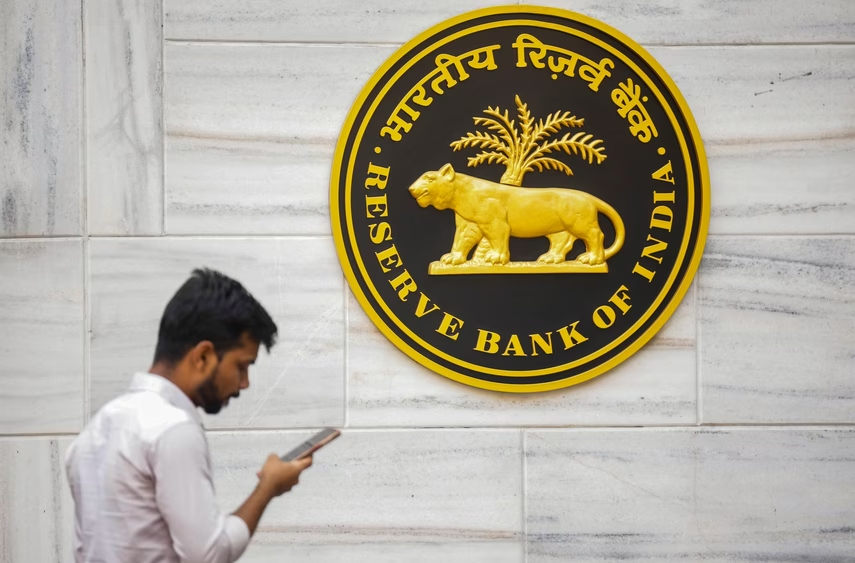The Reserve Bank of India (RBI) is set to change the way digital transactions are authenticated. Starting April 1, 2026, users won’t be limited to one-time passwords (OTPs) as the default method of verification. Instead, the RBI is opening the door to a wider range of authentication options, aiming to make digital payments both simpler and more secure.
What’s Changing?
This shift comes under the RBI’s new Authentication Directions, 2025. Currently, SMS-based OTPs are the go-to method for two-factor authentication (2FA) in most online transactions. But the RBI plans to retire this default requirement and allow users and payment platforms to choose from multiple methods. The goal is to move towards faster, more flexible authentication while still keeping digital payments safe.
What Are the Alternatives?
Under the new rules, authentication can be drawn from three categories:
-
Something you know – like a password or PIN
-
Something you have – such as a hardware token, software token, or registered device
-
Something you are – biometric methods like fingerprints, face ID, or Aadhaar-based verification
This means that instead of always waiting for an OTP via SMS (which can sometimes be delayed or intercepted), users could verify transactions using fingerprint scans, app-based prompts, or even secure tokens.
Why It Matters
For everyday users, this change could mean smoother transactions without depending on SMS delivery — a common pain point in low-network areas. For the payments ecosystem, it signals a push towards more modern, tech-driven security systems that go beyond the limitations of OTPs.






